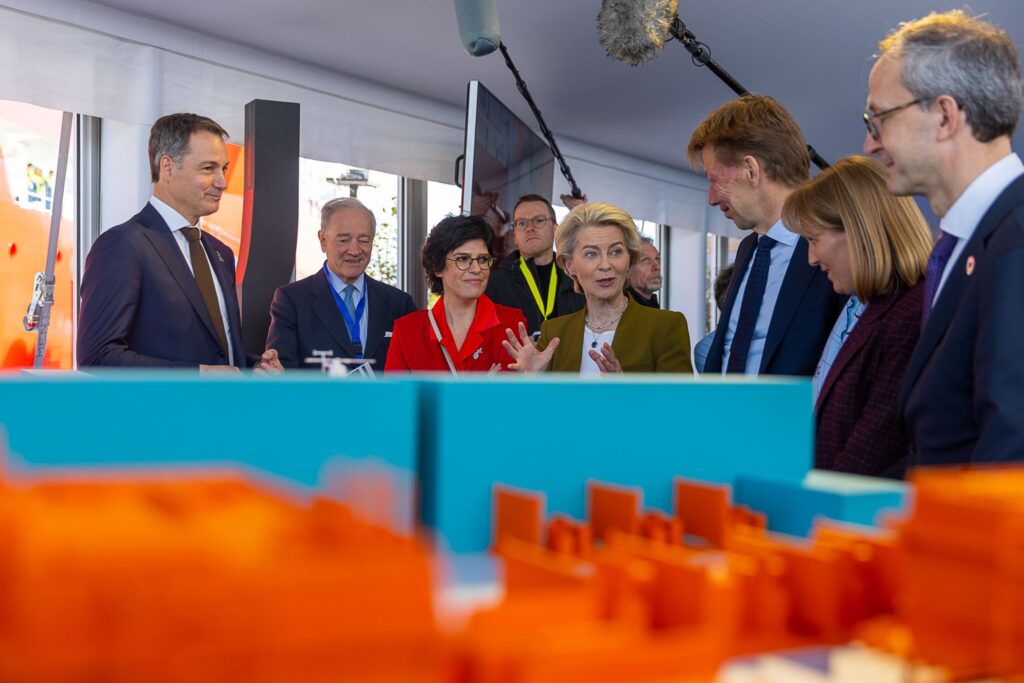General – Climate Proof Energy
Nine Heads of State & Government and the President of the EU Commission met yesterday in Ostend to agree new commitments on the build-out of offshore wind in the North Seas.

The intergovernmental North Seas cooperation started as soon as 2009 and is taken to a next level since last year’s Esbjerg Declaration Summit.
Belgium, Denmark, France, Germany, Ireland, Luxembourg, the Netherlands, Norway, and the United Kingdom have signed the Ostend Declaration.
More than 90 companies, representing the whole value chain of offshore wind and renewable hydrogen in Europe, outline in an Industry Declaration what the nine Governments need to do now to accelerate the realisation of the offshore renewable energy potential of the North Sea basin.
The objective is clear: to use the renewable resources of the North Seas for the net zero (emissions) economy by 2050.
This means more offshore wind electricity by increasing national targets for offshore wind energy. It also means developing the offshore renewable infrastructure of the North Seas for the development, the transport and storage of the North Seas renewable energy: sea ports, offshore and onshore grid buildout, interconnections, hydrogen pipelines, storage etc.
Governments bordering the North Seas understand that to make this a reality, major new investments are needed in wind energy manufacturing capacity and supporting infrastructure. In the EU, the recently proposed Net Zero Industry Act (NZIA) is an important first step. In the UK, Powering Up Britain plans to deliver energy security, investments and net-zero emissions.
The Industry Declaration also touches upon financing mechanisms, auction design, industrial policy and electricity market design. All of these are crucial to unlock the investments needed to deliver Europe’s offshore wind ambitions. In 2022 not a single offshore wind farm reached final investment decision. Uncoordinated market interventions, price caps and national clawback measures deterred investments. Governments must restore investor confidence and allow for a combination of Contracts-for-Difference, Power Purchase Agreements and merchant projects in their market design.
But investments alone don’t manufacture blades, navigate vessels or operate wind farms. Above all, national Governments must support the build-up of the necessary skills base.
The offshore wind workforce in Europe needs to grow from 80,000 today to 250,000 by 2030, creating an urgent need for training and reskilling programmes.

